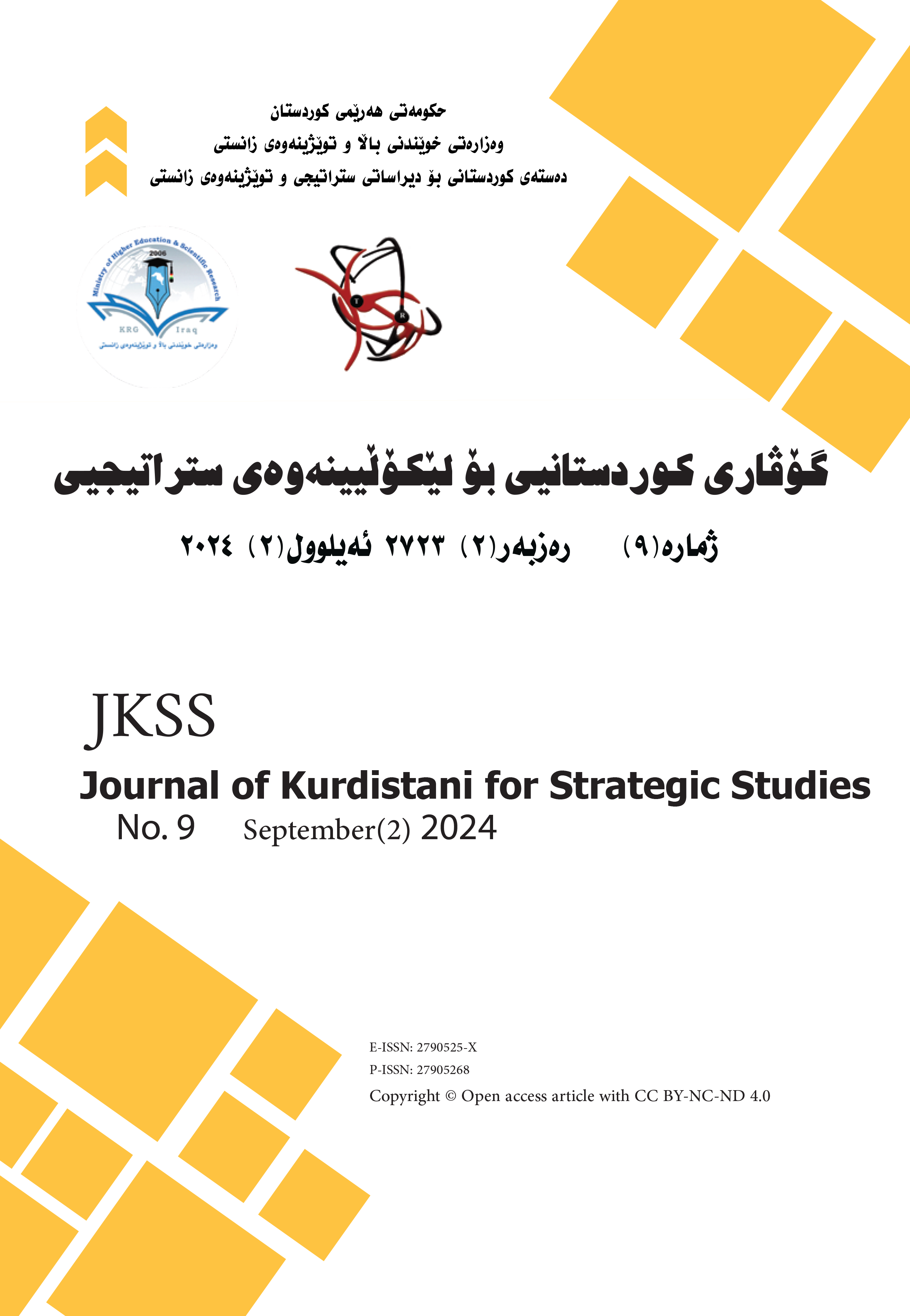Comparative Analysis of Almond and Oat Bread: Physicochemical, Mechanical, and Sensory Evaluation as Gluten-Free Alternatives
Keywords:
Bread, Almond, Oat, Human Health Physiochemical Properties, Sensory EvaluationAbstract
Bread is an essential carb source of diet in medial eastern and Asian counters as well as bakery products. With having massive nutrimental importance, almonds and oats have recently become a major topic in bread industry and health sections with being reliable alternative of wheat flour to make bread. Oat and almond bread can be easily made as we prepared them just by mixing baking soda as air incorporator, oat flour, pysllium husk, water, olive oil and salt. And almond bread by using almond flour instead of oat bread. Both tested for physiochemical properties, sensory analysis and mechanical testing. Almond bread demonstrates higher hardness values compared to oat bread, which can be attributed to the denser structure of almond bread.( Almond bread: Hardness 1 - 1215.667 g, Hardness 2 - 1157.333 g) but (Oat bread: Hardness 1 - 1163.533 g, Hardness 2 - 913.667 gAlmond bread is significantly more springy: 3.467 than oat bread1.033, indicating a more resilient structure likely due to its higher protein content Almond bread received slightly more acceptance in sensory evaluation than oat bread, this due to more flavor and appearance of the bread. Physiochemical and mechanical testing were relatively close to each other. The two type can be a good carbohydrate or a what bread replacement for whom have celiac deses of having gluten intolerance.







